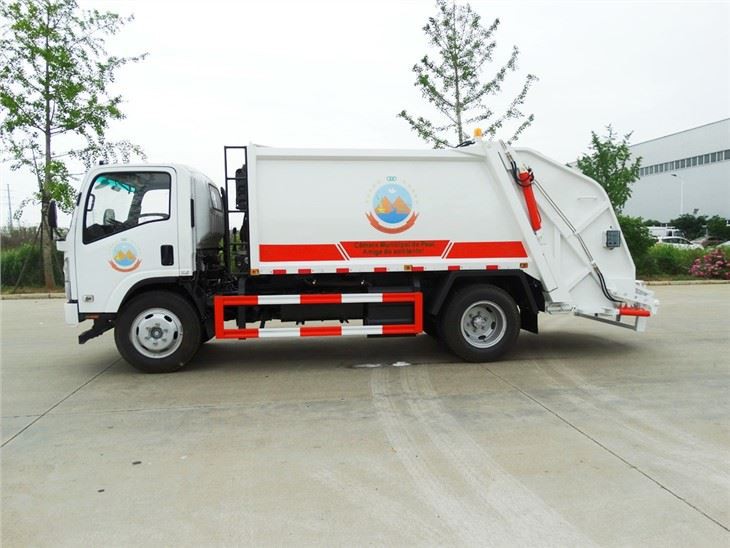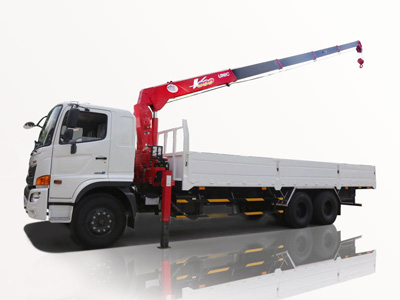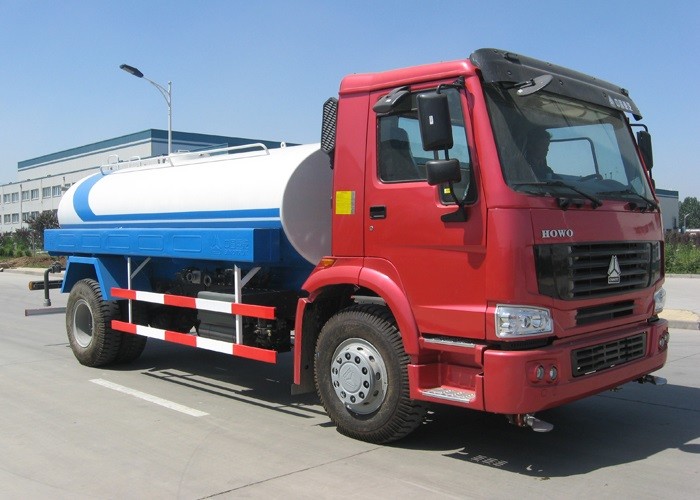Heavy-duty flatbed tow trucks are essential in the realm of vehicle transport and recovery. They provide a robust and reliable solution for transporting larger vehicles, whether due to breakdowns, collisions, or other emergencies. In this comprehensive article, we will explore various aspects of heavy-duty flatbed tow trucks, including their types, features, benefits, maintenance tips, and more. By the end of this article, you’ll be well-informed and ready to make decisions regarding heavy-duty towing needs.
Understanding Heavy Duty Flatbed Tow Trucks
Heavy-duty flatbed tow trucks are specialized vehicles designed to carry oversized loads safely and securely. Unlike traditional tow trucks that rely on hooks and chains, flatbed tow trucks have a flat, completely horizontal platform that allows the damaged vehicle to be loaded entirely onto the bed of the truck.
Types of Heavy Duty Flatbed Tow Trucks
There are various types of heavy-duty flatbed tow trucks, each tailored for specific applications and vehicle sizes. Below are the most common types:
- Conventional Flatbed Tow Trucks: These trucks feature a flat, non-inclined bed which allows for easy loading of smaller vehicles.
- Integrated Flatbed Tow Trucks: These trucks combine a flatbed with a chassis, providing more versatility in towing capabilities.
- Low-Profile Flatbed Tow Trucks: Designed for low-clearance vehicles, these trucks allow for easier access to ground-hugging vehicles.
- Heavy-Duty Flatbed Tow Trucks: Specifically engineered to handle larger vehicles, typically with a gross vehicle weight rating (GVWR) of over 26,000 lbs.
Key Features of Heavy Duty Flatbed Tow Trucks
When choosing a heavy-duty flatbed tow truck, it’s important to consider the following key features:
1. Bed Length and Capacity
The bed length typically ranges from 20 to 30 feet, which influences the size of the vehicles it can carry. Make sure to choose a truck whose bed capacity can accommodate the vehicles you plan to transport.
2. Lifting Mechanism
Most heavy-duty flatbed tow trucks have hydraulic lift systems that allow the bed to slide down to the ground. This makes loading safe and effortless, at a gentle incline.
3. Winch System
A robust winch system is essential for safely pulling disabled vehicles onto the flatbed. Ensure it has sufficient pulling power to handle heavy loads.
4. Safety Features
From reflective tape to safety chains and wheel straps, it is important that these trucks come equipped with various safety features to prevent accidents during transport.
Benefits of Using Heavy Duty Flatbed Tow Trucks
Utilizing heavy-duty flatbed tow trucks presents numerous advantages:
1. Versatile Towing Capability
These trucks can transport a variety of vehicles, including buses, RVs, and trucks, making them a flexible option for any towing company.
2. Enhanced Safety
A flatbed design significantly reduces the risk of damage to towed vehicles. The secure loading also means less risk of accidents while on the road.
3. Better Load Distribution
The flatbed allows for an even weight distribution, which improves overall stability during transport. This is crucial for heavier vehicles that could otherwise make a traditional tow truck unstable.
4. Easier Loading and Unloading
The low angle of the flatbed makes it easier to load and unload vehicles, even those that are inoperable, reducing the physical strain on operators.
How to Choose the Right Heavy Duty Flatbed Tow Truck
Choosing the right heavy-duty flatbed tow truck involves consideration of several factors:
1. Weight Capacity
Assess the types of vehicles you will most frequently tow and choose a truck that can handle their weights comfortably.
2. Engine Power
Look for trucks with powerful engines that can handle heavy loads and steep inclines, optimizing performance while towing.
3. Truck Configuration
Analyze if you need a single rear axle or a dual rear axle for enhanced towing capabilities based on your needs.
4. Comfort and Ergonomics
Consider the driver’s comfort as many long-haul towing jobs require extended hours behind the wheel. Look for models with good seating and visibility.
5. Brand Reputation
Research brands known for reliability, service support, and part availability to ensure long-term satisfaction with your investment.
Maintenance Tips for Heavy Duty Flatbed Tow Trucks
Regular maintenance is essential to keep your heavy-duty flatbed tow truck running smoothly and safely. Here are some essential maintenance tips:
1. Regular Inspections
Perform a thorough inspection of the truck and flatbed each day. Check the winch, hydraulic systems, lights, and tires for any signs of wear or damage.
2. Routine Oil Changes
Follow your truck’s manufacturer guidelines for oil changes to keep the engine running efficiently.
3. Brake Checks
Inspect brake pads, rotors, and lines regularly, as towing large loads can cause extra strain on the braking system.
4. Tire Maintenance
Ensure that the tires are properly inflated and have adequate tread. This is crucial for safety, especially when carrying heavy loads.
Practical Examples and Tips
Here are practical examples and tips for operating a heavy-duty flatbed tow truck:
1. Loading a Vehicle
When loading a vehicle onto the flatbed, use the winch to avoid tire damage. Ensure the vehicle is centered on the bed for balance.
2. Strapping Down Vehicles
Use high-quality straps to secure the vehicle down. Always double-check tightness before transporting.
3. Driving Techniques
Adopt slow driving speeds, especially when carrying large loads. Take wide turns and increase braking distances to ensure safety.
4. Emergency Situations
Prepare for emergencies by carrying road flares, first aid kits, and a fire extinguisher, as well as knowing basic mechanical troubleshooting steps.
Frequently Asked Questions (FAQs)
1. What is the average cost of a heavy-duty flatbed tow truck?
The average cost can range from $50,000 to $150,000, depending on brand, features, and specifications.
2. How much weight can a heavy-duty flatbed tow truck carry?
Heavy-duty flatbed tow trucks typically have a GVWR of over 26,000 lbs, allowing them to carry a wide range of heavy vehicles.
3. How often should a heavy-duty flatbed tow truck be serviced?
It is recommended to service your truck every 3,000 to 5,000 miles, or as dictated by the manufacturer’s maintenance schedule.
4. Are heavy-duty flatbed tow trucks suitable for long-distance towing?
Yes, these trucks are designed for long-distance towing, offering reliability and stability during extended journeys.
5. What are the licensing requirements for operating a heavy-duty flatbed tow truck?
Operators typically need a commercial driver’s license (CDL) with specific endorsements for towing heavy vehicles, depending on local regulations.
6. How do I maximize the lifespan of my heavy-duty flatbed tow truck?
Regular maintenance, timely repairs, following manufacturer guidelines, and driving cautiously will help maximize your truck’s lifespan.
Conclusion
Heavy-duty flatbed tow trucks are indispensable assets for any towing company or fleet manager dealing with larger vehicles. With their versatility, safety features, and ease of operation, they provide an efficient solution for any towing needs. By understanding their features and benefits, as well as practicing good maintenance and operational strategies, you can ensure a fruitful and long-lasting investment in heavy-duty flatbed tow trucks.



